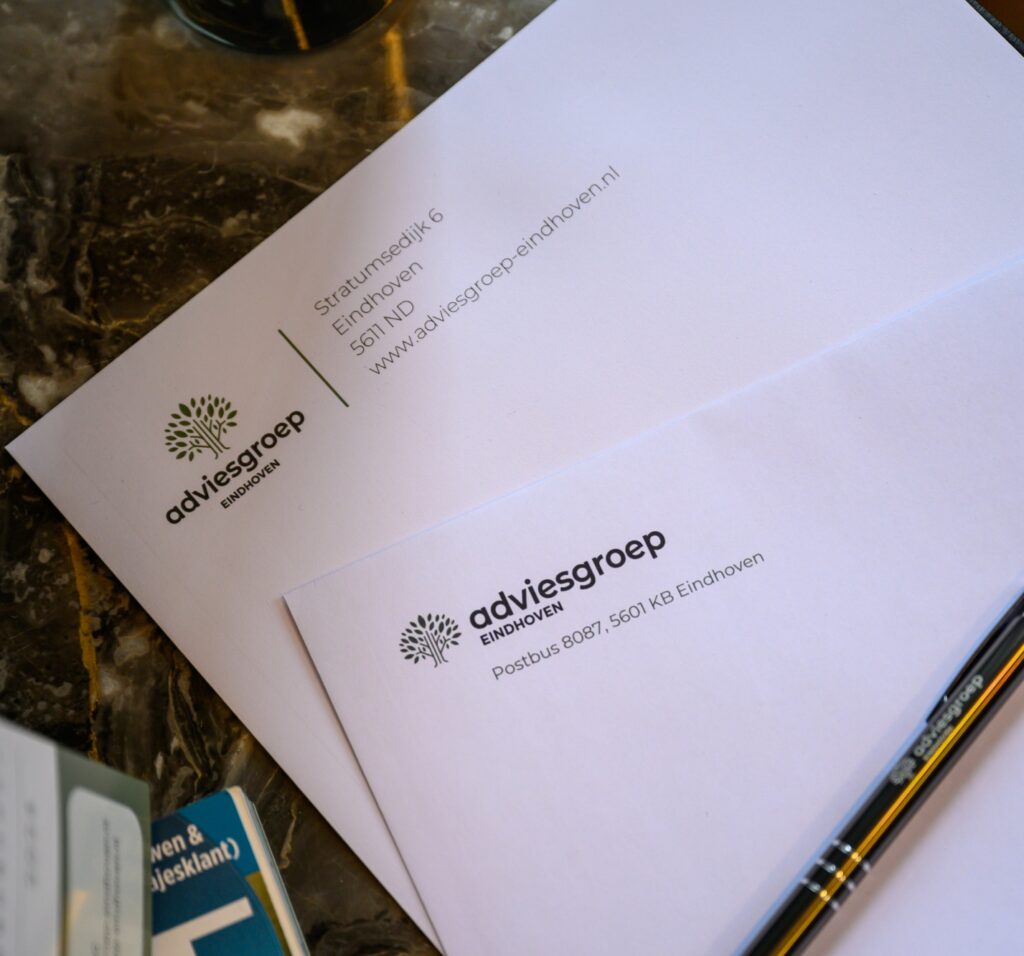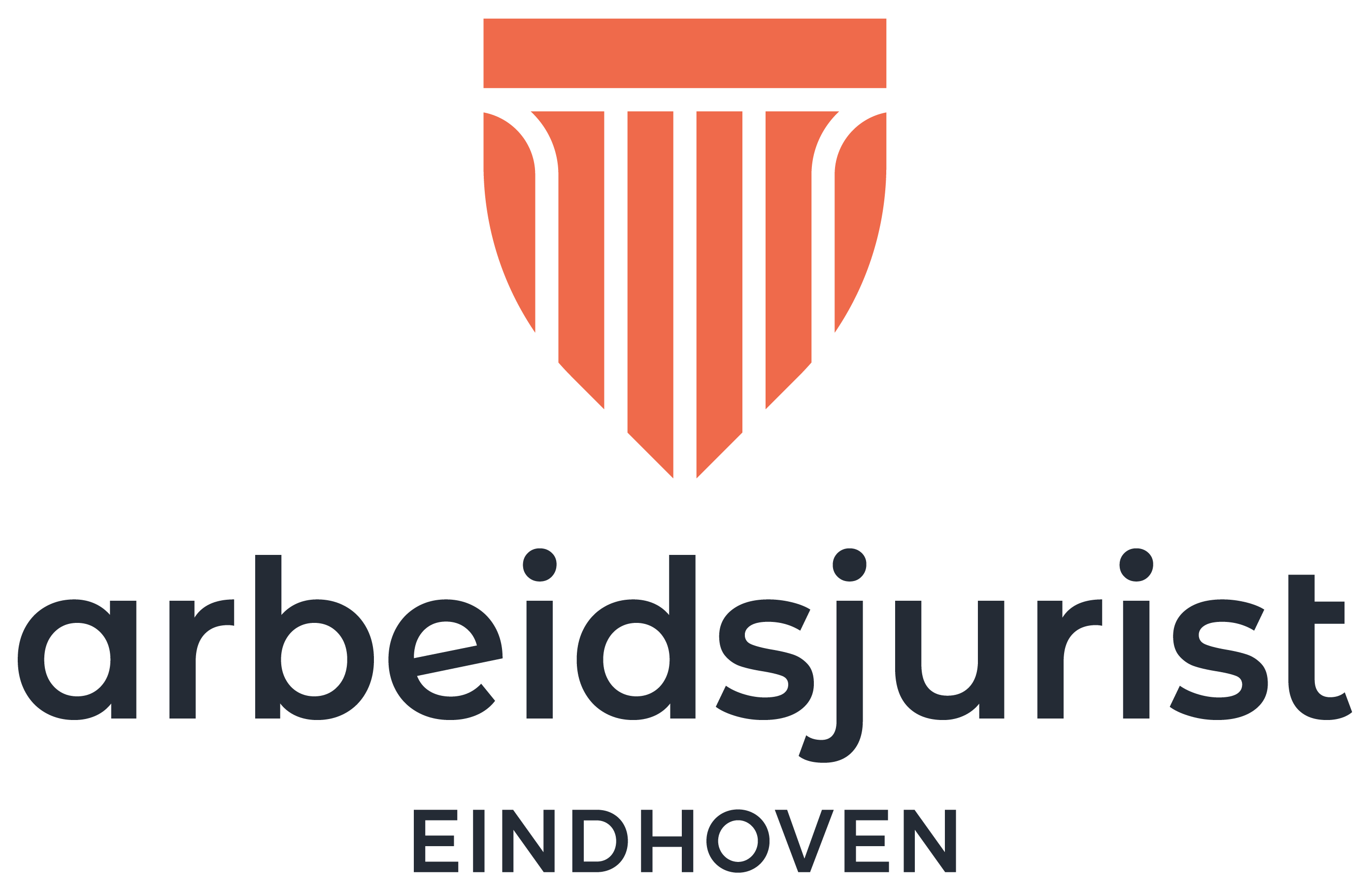EMPLOYMENT CONTRACT
AI in the workplace

- Reading time: 3 min
- December 17, 2025
- Ronald Vereijken, Lawyer
Table of contents

AI in the workplace is no longer a thing of the future. More and more employers are using artificial intelligence to accelerate processes, analyse data or support personnel decisions. Smart and efficient, but from a legal perspective, there is a lot to consider. What about privacy? And who is responsible if the system makes mistakes?
In this blog, we take a closer look at the legal aspects of AI in the workplace. What are the biggest risks? How can employers prepare for the new European AI Act? And what does all this mean for employees?
AI is being used more and more in the workplace
In many sectors, it is no longer just about human judgement. AI systems select job applicants, predict absenteeism due to illness or automatically alert managers when someone's performance deviates from the norm. Sometimes they are supportive, but increasingly they are also guiding. This makes the use of AI in the workplace not only technically complex, but also legally complex.
AI and privacy
AI runs on data. Lots of data. In the workplace, this often means that systems use information about employees. Location data, emails, productivity scores, assessment data, etc. All of this is personal data. The General Data Protection Regulation (GDPR) therefore applies directly.
The law requires that you only process personal data if it is necessary for a clearly defined purpose. In addition, you must clearly inform your employees about this. What is often forgotten is that automated decision-making, for example in the case of promotions or dismissals, is subject to strict conditions. There must always be room for human intervention. As an employer, you are therefore obliged to maintain control over what the system does and why. If you fail to do so, you run the risk that decisions will not be legally enforceable.
Discrimination and the role of the EU Artificial Intelligence Act
A common risk associated with AI in the workplace is discrimination, often without anyone noticing. AI systems are trained on existing data, which unconsciously contains patterns and biases. If that data presents a skewed reflection of reality, the system will incorporate those errors. This can lead to certain groups being systematically disadvantaged, for example in recruitment or assessment. As an employer, you are responsible for what your AI system does. You must be able to demonstrate that decisions are made fairly. This requires more than just a technical check: you must document the process, analyse the data used and have the system tested regularly.
Need advice?
The EU Artificial Intelligence Act
The European AI Act (still being developed) further tightens these obligations. This law classifies AI applications based on risk. Systems used for work-related decisions, such as selection and assessment software, are usually classified as “high risk”. This means that specific requirements apply, for example in terms of data quality, transparency, monitoring and human control. Employers must be able to demonstrate that their AI systems are designed responsibly. This requires preparation, clear agreements within the organisation and ongoing supervision of the use of AI.
Failure to comply with this requirement can have serious consequences. Regulators can impose heavy fines, which can amount to tens of millions of euros or a percentage of global turnover. It also entails legal risks, such as claims for damages from affected employees. Reputational damage or having to shut down the system are also realistic scenarios. Good employment practices therefore also mean keeping control of AI and properly training the people who work with it.
Liability for AI errors
Are you having an AI tool built by an external party? Or are you purchasing a standard solution? Then you are still the one responsible for its use within your organisation. The legal line is clear: the ultimate responsibility lies with the employer.
So make sure you have clear agreements in contracts with suppliers. Who checks the quality? How are errors or biases in the data dealt with? And how often is the system updated?
Questions about the use of AI in the workplace?
AI in the workplace offers many opportunities, but requires clear guidelines. From a legal perspective, it is essential that you, as an employer, know what you are doing, what risks you are running and how you can manage them. Privacy, transparency and honesty are key words in this regard. Do you have questions about the use of AI within your organisation? Our team of employment lawyers will be happy to assist you. Please contact us.
Need advice?
- At Arbeidsjurist Eindhoven, the person behind the case is central. With personal attention to your needs.
- Expert employment lawyers who go for the best result in every case.
- Transparent about costs. Often for a fixed price.
Discover our recent blog articles

Wat mag een werkgever controleren?
Als werkgever wil je grip houden op wat er binnen je organisatie gebeurt. Maar medewerkers hebben ook recht op privacy. Waar ligt de grens? Lees er hier meer over

As an employer, how should I deal with religious holidays?
As an employer, how should I deal with various religious holidays? Read here to find out what you need to keep in mind from a legal perspective.

The dismissal procedure via UWV is subject to clear rules and requires thorough preparation. We explain the procedure step by step in this article.

